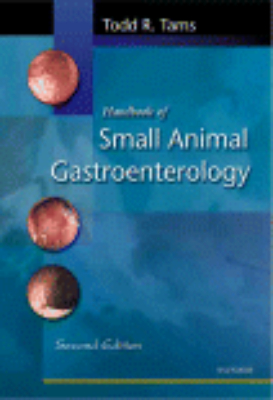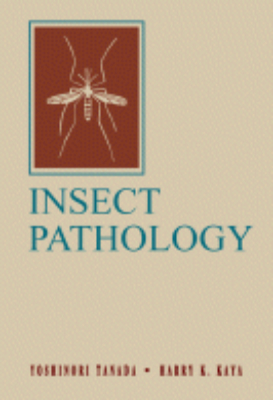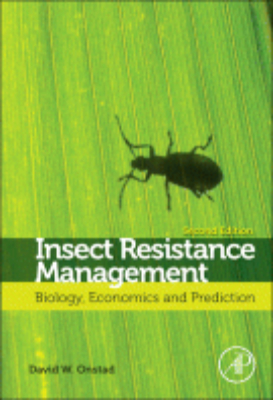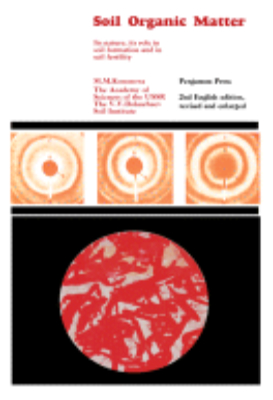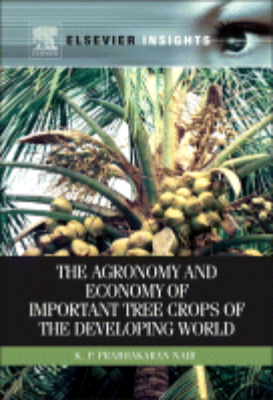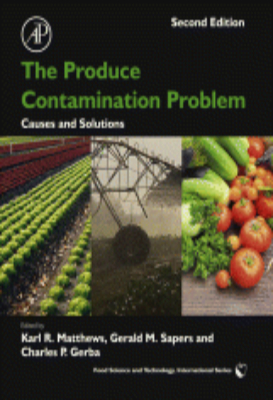Handbook of Small Animal Gastroenterology
“This handy “”how-to”” guide provides a practical framework for diagnosis and treatment of common, small animal gastrointestinal disorders, filling the gap left by larger, encyclopedic references. It features a complete review of symptoms and diagnostic methods, descriptions of digestive tract disorders by organ system, and a series of sample GI cases. Logically organized into three easy-reference sections and expertly written by recognized specialists, this complete, expanded edition is a valuable clinical tool for primary care practitioners. Key Features. The familiar handbook format, based primarily on organs of the gastrointestinal tract, offers quick access to key information.. Coverage of symptoms, nutrition, and chronic and acute disorders presents a thorough discussion of gastroenterology.. A new diagnostic modality (BIPS) is covered, detailing this useful technique for general practice applications.. A glossary of GI drugs educates the reader on the most current terminology.. The chapter on Enteral and Parenteral Nutrition has been completely revised with several new illustrations, for a more complete discussion of this important topic.. A new, complete chapter on Neoplasia, written by an expert oncologist, draws together all relevant discussions on neoplasia throughout the book into one comprehensive, coherent treatment.”
| Publication Language |
English |
|---|---|
| Publication Access Type |
Premium |
| Publication Author |
* |
| Publisher |
Elsevier |
| Publication Year |
* |
| Publication Type |
ebooks |
| ISBN/ISSN |
* |
| Publication Category |
Animal Science |
Kindly Login to ICAR Digital Library Portal.

